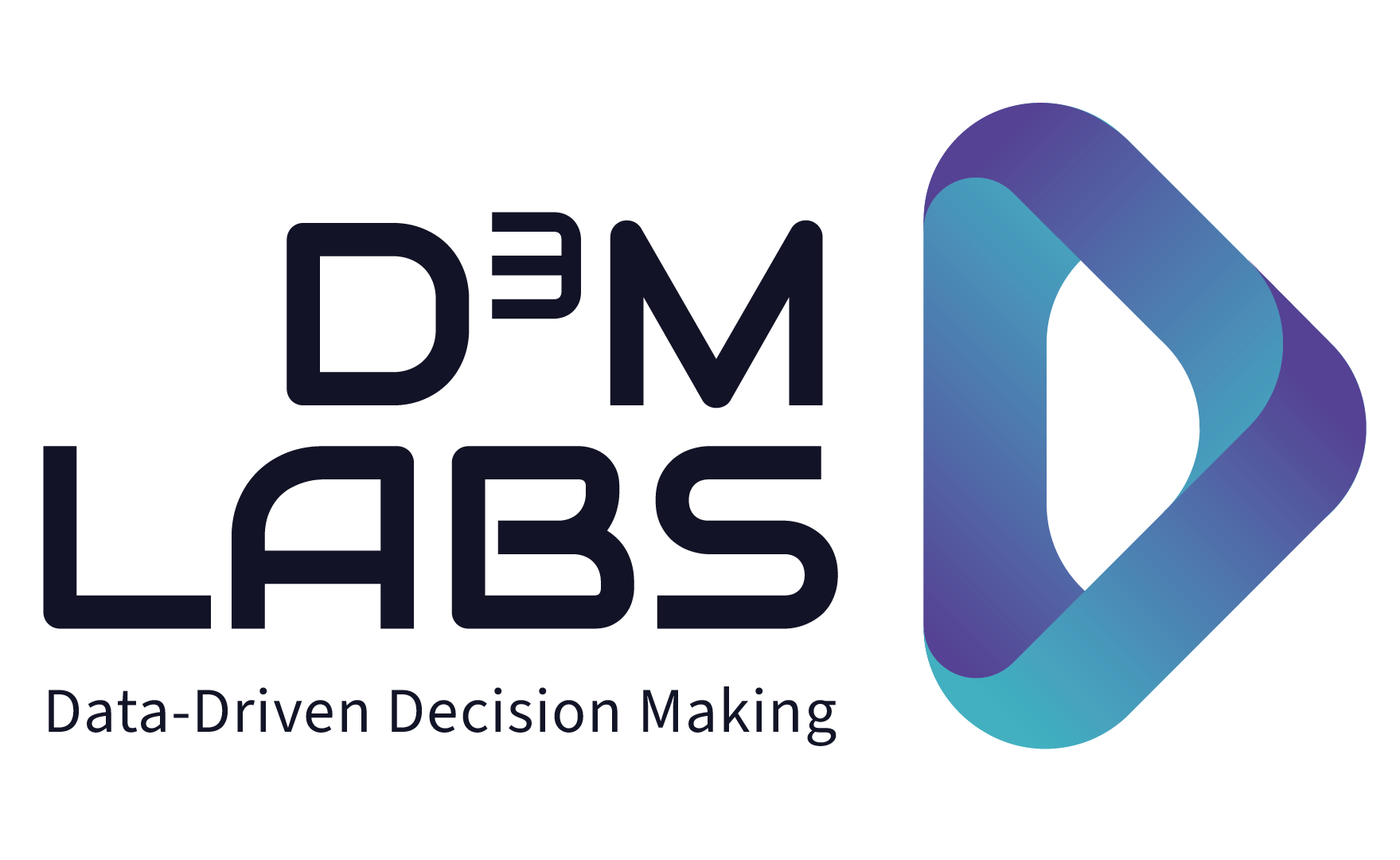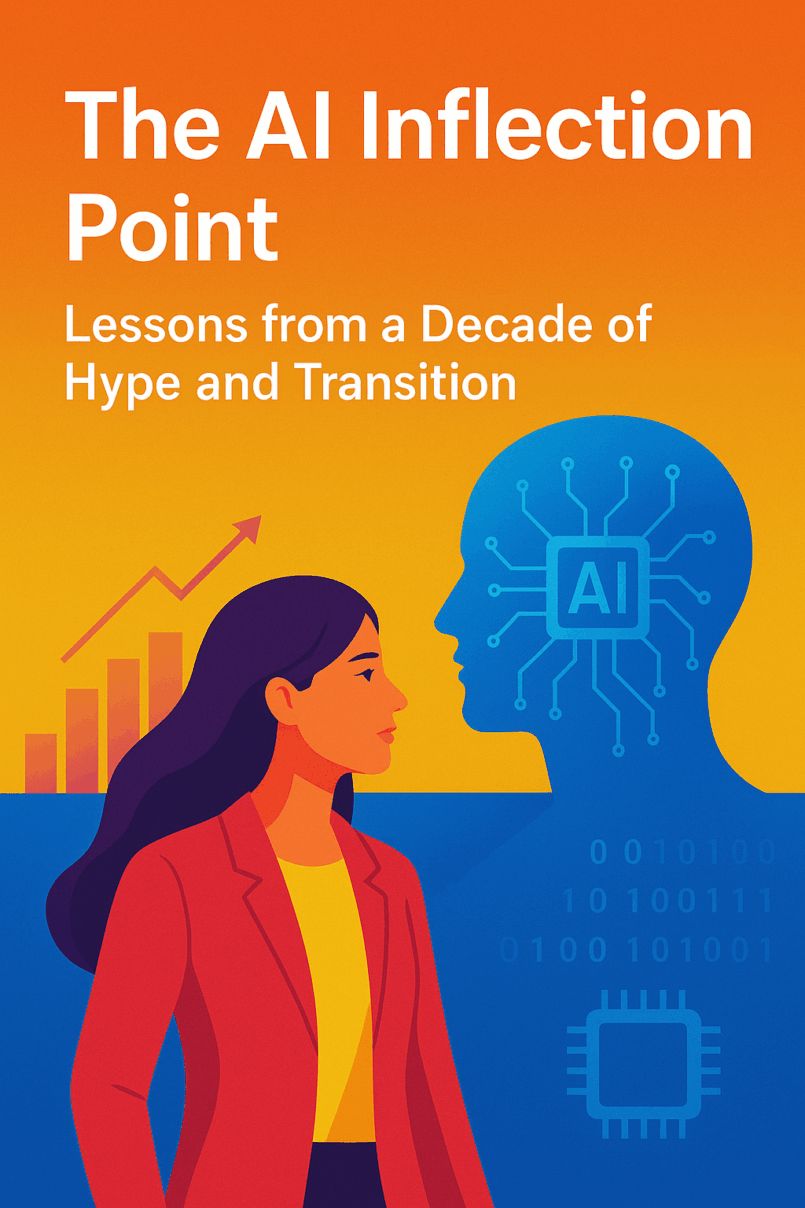The Inflection Point:
We are standing at an inflection point in the evolution of AI. The field is moving from hype to maturity. After a decade in which cheap capital and boundless optimism fueled sky-high expectations—when data was hailed as “the new oil”—the post-COVID era has brought a dose of sobriety. The age of “move fast and break things” is being replaces by a new mantra: move thoughtfully, build sustainably, and govern wisely.
From my own journey—from Berlin’s B2C tech scene to aerospace—I’ve observed that AI adoption requires new mindsets, organizational structures, and professional identities. The era of unrestrained speed and rock-star data scientists is giving way to responsibility, resilience, and human-centered design.
The Human Dimension – Identity in Transition
AI is reshaping professional roles and creating both opportunity and uncertainty. Coders whose work focused on routine logic now see large language models and automated systems taking over repetitive tasks. Engineers are evolving into system architects, conceptual thinkers, and problem solvers, relying increasingly on model-based systems engineering (MBSE). Organizations—and individuals—must adapt to conceptual, strategic thinking, balancing technical expertise with governance and risk awareness. My personal career transition mirrors this evolution: mastering the human aspects of technology is as critical as the technical.
AI as a Product – Risk, Governance, and Compliance
The EU AI Act treats AI as a product with inherent risks. Unlike visible failures in aviation or manufacturing, AI risks are often invisible until harm occurs, including biased decision-making.
Compliance is no longer just a legal requirement—it is a strategic advantage. Proactive adherence builds trust, market access, and reputational resilience. The EU AI Act provides a framework for high-risk AI systems, defining requirements for data governance, transparency, documentation, and post-market monitoring. The regulation signals that the culture of AI creation must mature: internal best practices and practitioner norms alone are insufficient.
Coexistence of Innovation and Regulation
Innovation and regulation can coexist, given that the regulation is clear and not overly cumbersome. Embedding risk management and regulatory requirements early in the development cycle allows creativity and responsibility to flourish together. Systematic risk management across the AI lifecycle—including threat modeling, bias testing, monitoring, and validation—ensures that teams can explore ideas confidently, knowing safety, ethics, and legal obligations are addressed. When applied throughout the organization—from leadership to deployment—AI governance becomes a competitive differentiator, enabling innovation and responsibility to coexist.
Lessons from the Last Decade: Sustainable value over hype, please
The last decade’s AI adoption was often tool-driven, hype-fueled, and obsessed with speed, which frequently limited the creation of sustainable value. One key lesson is that innovation must be connected to execution discipline and measurable business outcomes, ensuring that creative ideas translate into tangible impact. Organizations also need to recognize the limits of tool-first thinking, understanding that governance, compliance, and operational adoption are critical to long-term success. Finally, structured and systemic approaches must take precedence over unilateral speed, as rapid deployment without proper oversight is no longer sufficient to deliver reliable, responsible, and resilient AI solutions.
Workforce and Organizational Implications
AI adoption is as much a human and organizational challenge as a technical one. AI governance cannot be siloed; it must coexist with creativity to ensure innovation is both responsible and resilient. AI is not just the work of engineers, but includes strategy and business case, design and usability, ethics and compliance, operations and so much mor. Leaders must embrace conceptual skills and governance responsibilities, which is a need that the EU AI Act attempts to address.
Conclusion – Strategic AI
AI is no longer about hype or speed—it is about responsible, human-centered innovation. Organizations face a dual challenge: enable meaningful innovation while embedding risk management and governance to protect users, reputations, and society. Engineers, leaders, and regulators alike must adapt mindset, skills, and strategy to thrive in this new era. Personally, transitioning across sectors has shown me that these shifts are as cultural and human as they are technical.

